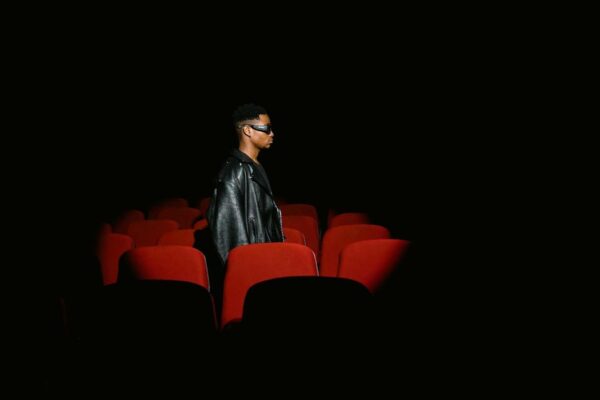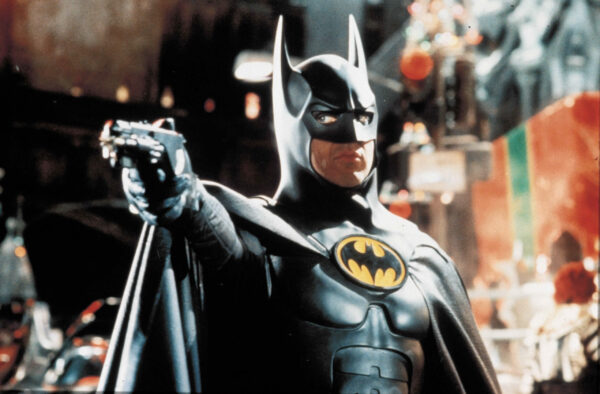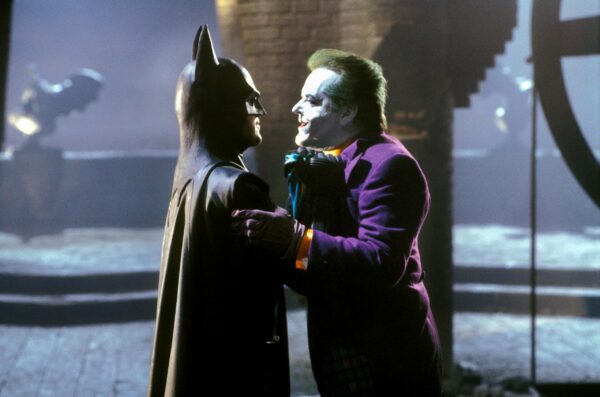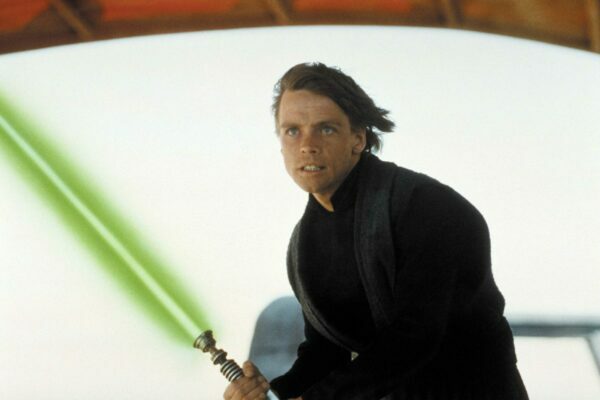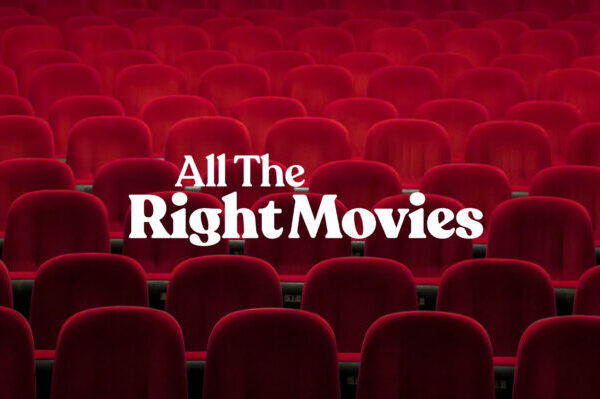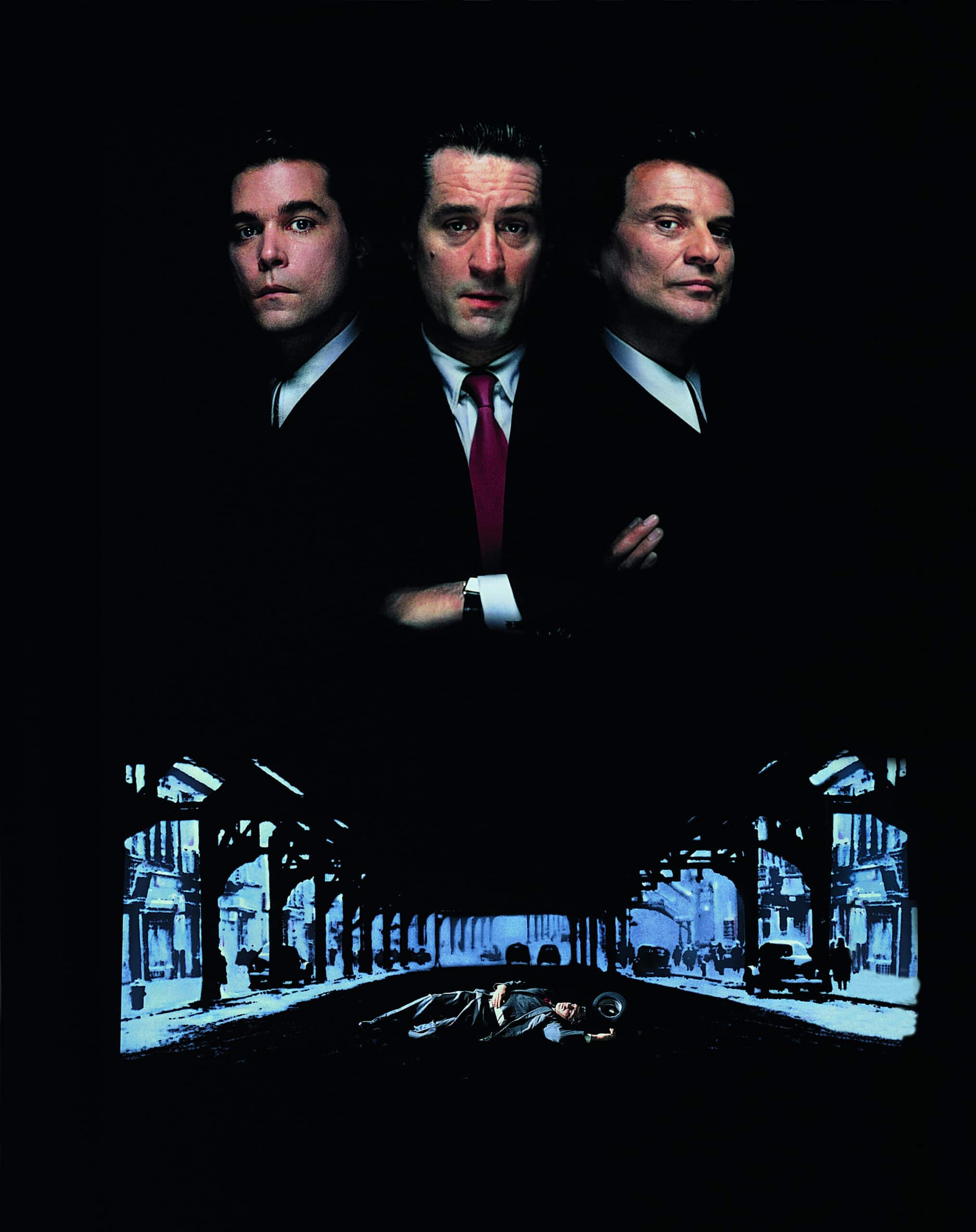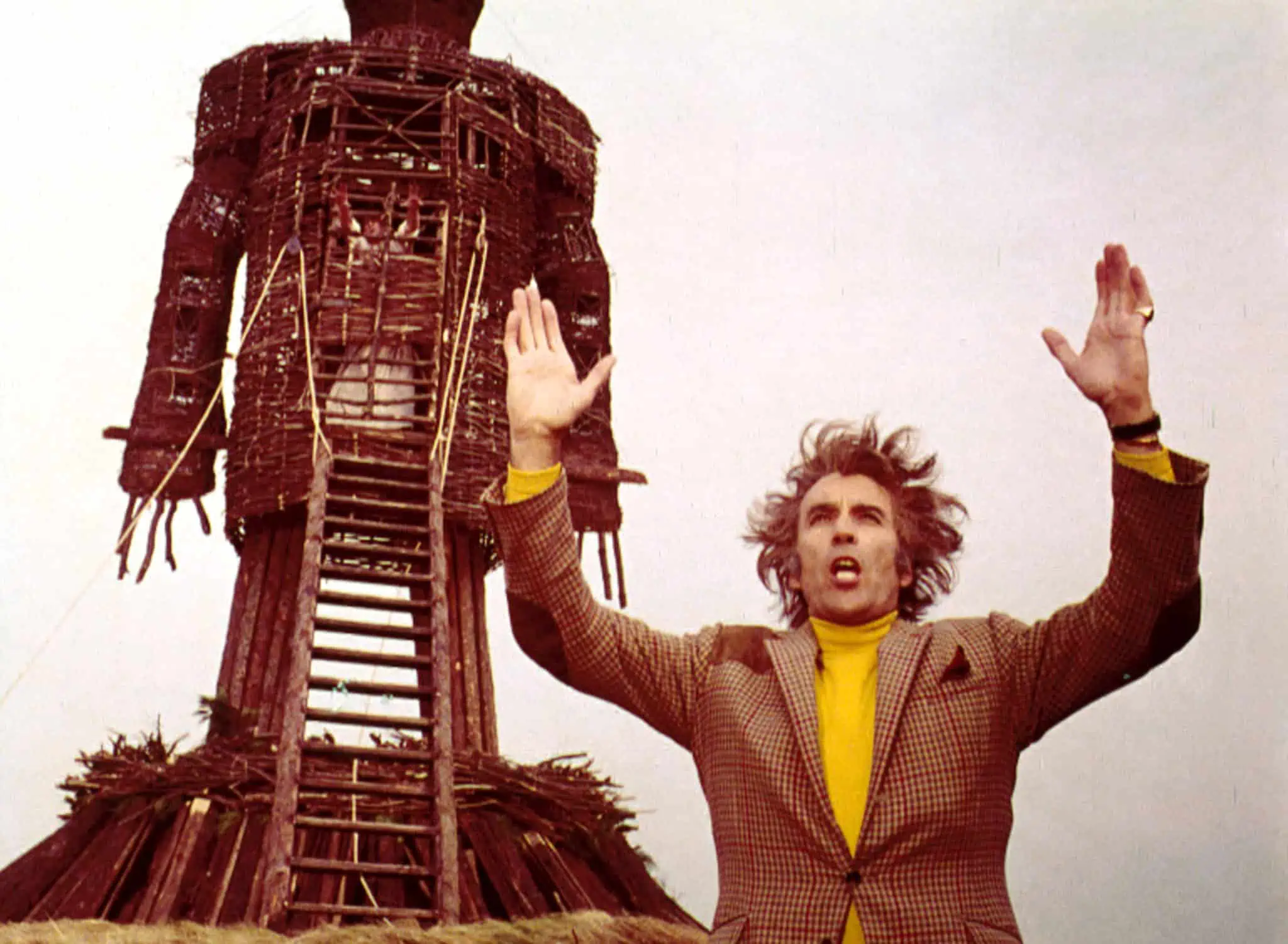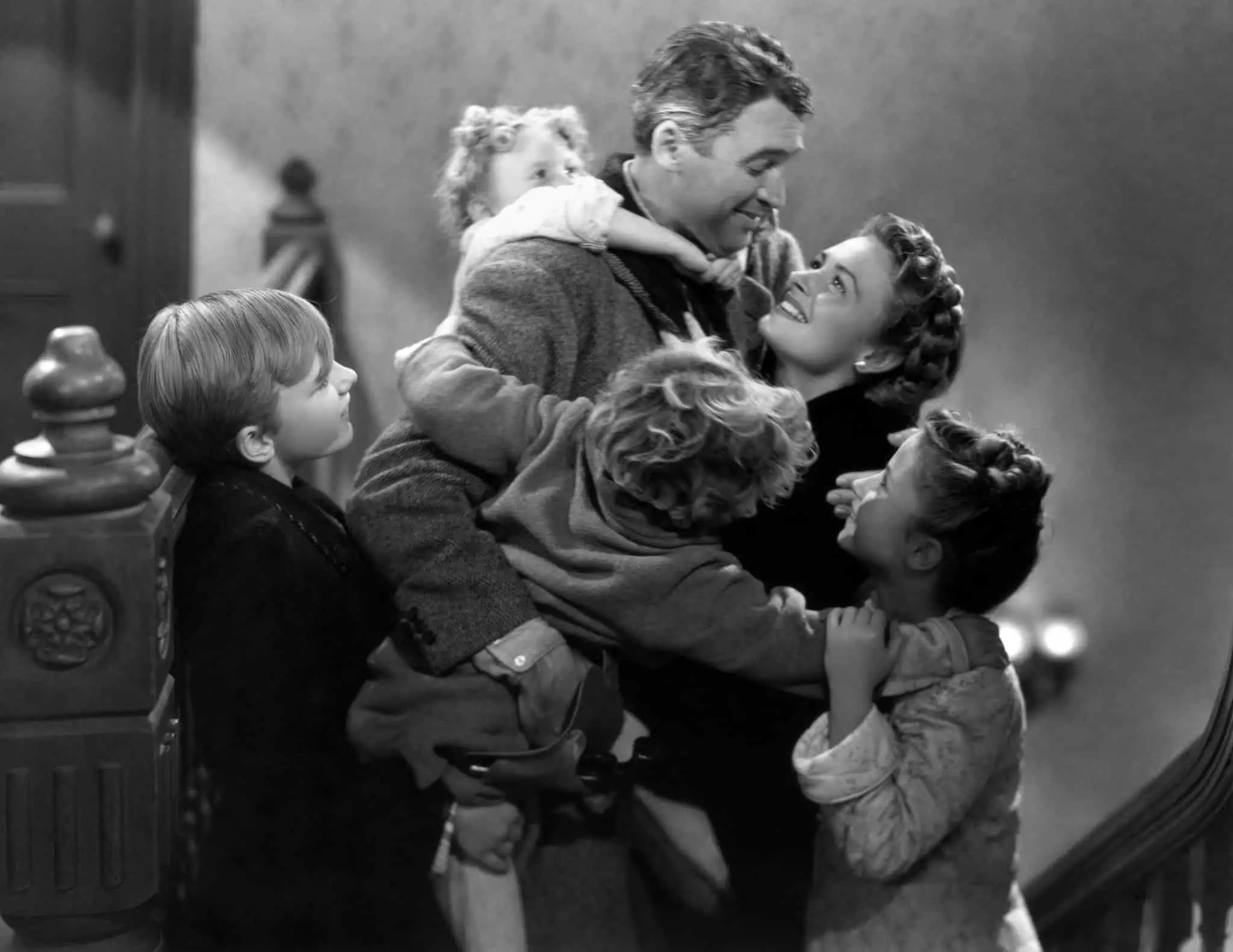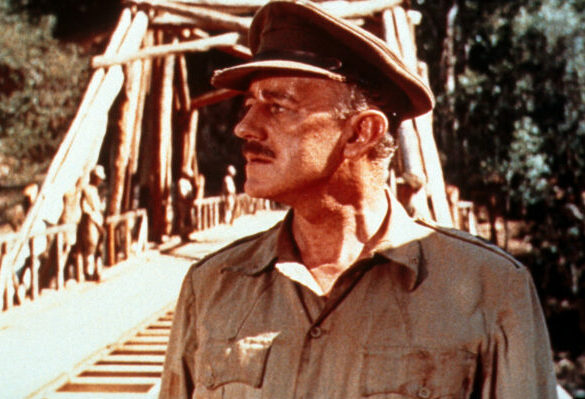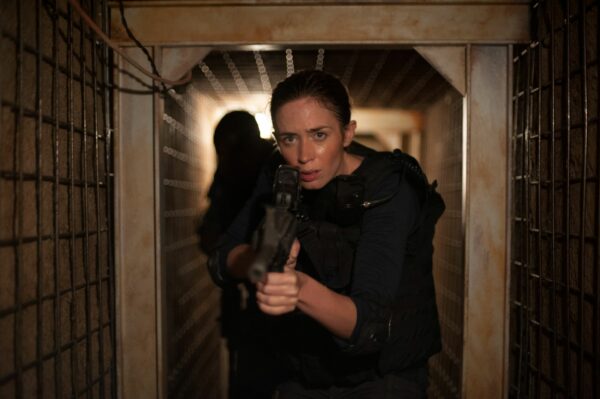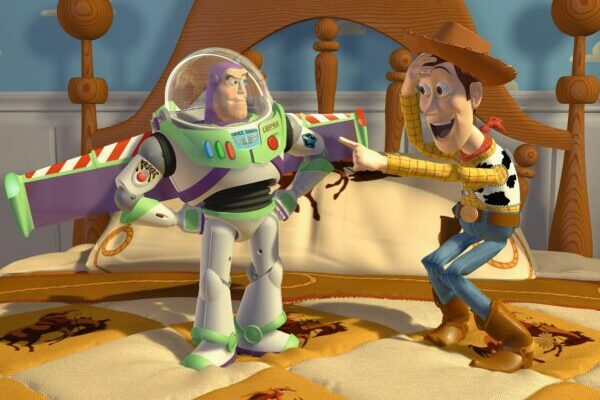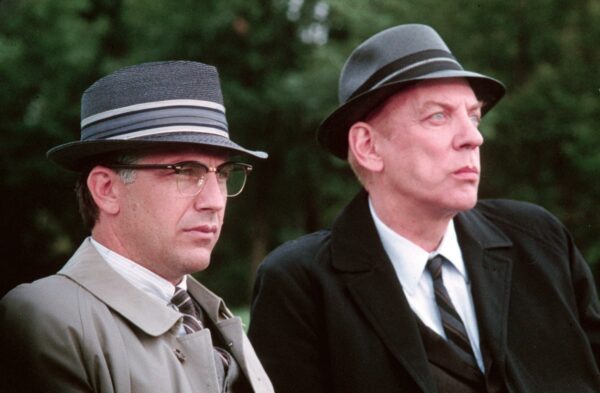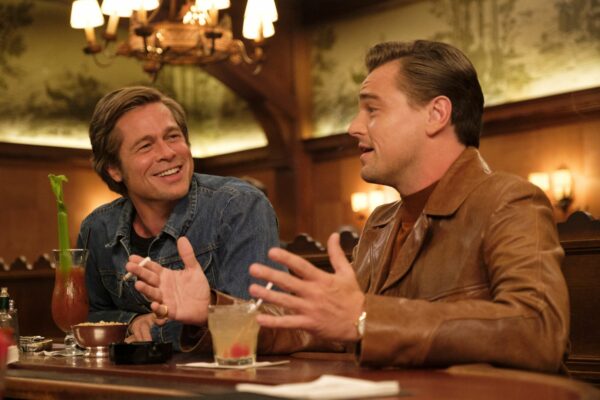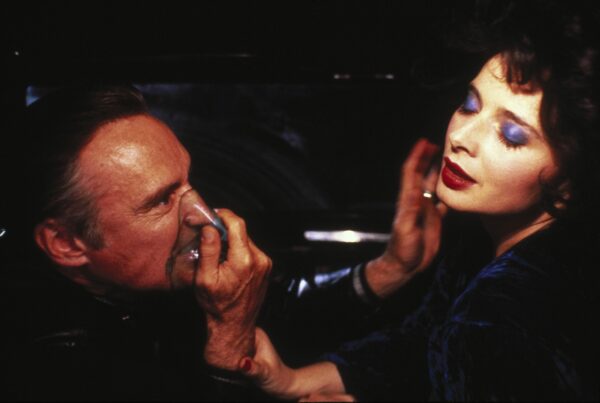
Stanley Kubrick’s 2001: A Space Odyssey is one of the most revered films ever made. The behind the scenes tale is a fascinating one, and we have the full lowdown in 25 mindblowing facts.
2001: A Space Odyssey was released in 1968 and changed science fiction movies forever. Ground breaking in its scale, its storytelling, its ambition, and its technical innovations, the film cemented Stanley Kubrick’s status as a filmmaking genius and made an impact still felt in Hollywood today.
We have the full behind the scenes story of a masterpiece, by way of 25 huge, interesting facts about 2001: A Space Odyssey.
1. An innovative visual technique was developed
Towards the end of the film, astronaut Dave Bowman enters the Stargate. This is a gateway to the final sequence where Bowman evolves into the next stage of humanity. It’s a minutes long whirl of colour and surreal imagery, and creating it would have been previously impossible.
Audiences hadn’t seen anything like this before, and it was the brainchild of special effects supervisor, Doug Trumbull. He had a piece of glass with a slit in the centre. He’d film objects passing behind the glass and it would create an on screen illusion of seemingly stretching the object. That’s how they create the Stargate, and it was also used later in many classic science fiction series and movies. It was used to create the effect of the Enterprise going into warp in Star Trek, for example.
Also, the psychedelic effect of the stargate sequence apparently led to people dropping acid before going to watch the film.
The Stargate sequence
2. Spaceships had never looked so good
2001: A Space Odyssey is famous for its majestic and realistic-looking shots of the spaceships – visuals of a level way beyond anything that came before. To pull this off, the effects team on 2001 developed a technique called Motion Control. The model ships were moved along tracks at exact speeds which meant the film crew could replicate the shot over and over again precisely. The track moved at a rate of 4 inches per minute. Motion control was then developed further by ILM when they provided the visual effects for Star Wars in 1977
The ‘space waltz’ in 2001: As Space Odyssey
3. The sets were extraordinary – and huge
There are many scenes in 2001 which involves characters or objects defying gravity. A space hostess walking up the walls at one point and astronaut Frank Poole jogging across the ceiling are two examples. These were largely created by using revolving sets.
Revolving sets had been used by Hollywood before – like when Fred Astaire danced on the ceiling in Royal Wedding (1954) – but never on this scale. Kubrick commissioned an aeroplane manufacturer called Vickers Armstrong to build a 36ft centrifuge that cost $750k. Since 2001, we’ve seen a rotating set used by big name filmmakers like Wes Craven, James Cameron, and Christopher Nolan.
Poole’s gravity-defying jog aboard the Discovery
4. Kubrick won his only Oscar for the film
For spearheading the pioneering visual effects on the film, Stanley Kubrick won an Oscar for Best Special Visual Effects – his only individual Academy Award. Oscar rules at the time dictated that only one name could be submitted for the award, despite the fact that the film credited 4 other names in this area (Douglas Trumbull, Tom Howard, Con Pederson and Wally Veevers). Deemed by many to be unfair, Academy rules were changed to allow multiple names to be nominated per film in the Best Visual effects category.
Kubrick presented with the award at the Oscars
5. The film has a recurring visual theme
The Director of Photography on the film was Geoffrey Unsworth, a highly experienced cinematographer who had worked on classics like A Town Like Alice (1956), A Night To Remember (1958), and Genghis Khan (1965).
Together, Unsworth and Kubrick created some of the most iconic visuals ever committed to Hollywood film – visuals with thematic depth. In order to reflect the theme of evolution present in the narrative, Kubrick had Unsworth create visuals with circular imagery. This is present throughout the film – from the revolving space station, through the Discovery cockpit, to the HAL-9000’s all-seeing eye, and a lot more.
6. Some old-fashioned movie magic was involved too
As well as the rotating sets, Kubrick also used some tried and tested methods to create antigravity effects. In the space-based scenes, we see a space hostess catch a floating pen. To create this effect, they used double-sided sticky tape (which had just been invented) and stuck the pen to a sheet of glass. The glass was then moved to create the effect of the pen floating.
If you watch carefully, you’ll notice that when the space hostess takes the pen she has to give it a slight pull to detach it from the tape.
The floating pen moment in the film
7. A few famous logos appear in the film
Yet another innovation implemented by 2001 was in its use of product placement. Kubrick wanted to create a realistic future so knew no company logos anywhere would appear odd. Therefore, he approached major, established companies about being involved. Swiss wristwatch manufacturer Hamilton provided the watches as worn by the astronauts; Vogue created the clothing; and IBM provided the computer systems.

Poole watches a broadcast from BBC 12
8. The iconic score could have been very different
Kubrick famously scores the film with classical music (Richard Strauss, Johan Strauss and Gyorgy Ligeti most prominently) but at one point English rock band Pink Floyd were approached to provide the music. However, they turned the offer down. The studio then hired an established film composer called Alex North to write an original score. Kubrick was always planning to use classical music but declined to tell North, and North didn’t find out until he went to the premiere and heard his music had been replaced.
Alex North’s rejected music has since been released. You can listen to it below.
Alex North’s score for 2001: A Space Odyssey
9. The costumes had a regal touch
As with the rest of the film, Kubrick wanted the costume design to have a grounded, believable look. As such, he hired Saville Row designer Hardy Amies. An expert in his field, Amies had designed outfits for Queen Elizabeth II since her coronation in 1952 and he created the look of the space hostess costumes, the civilian costumes, the. Space suits – basically everything. Amies later said that Kubrick wanted to personally sign off on every aspect of every costume, down to the buttons and lapels.
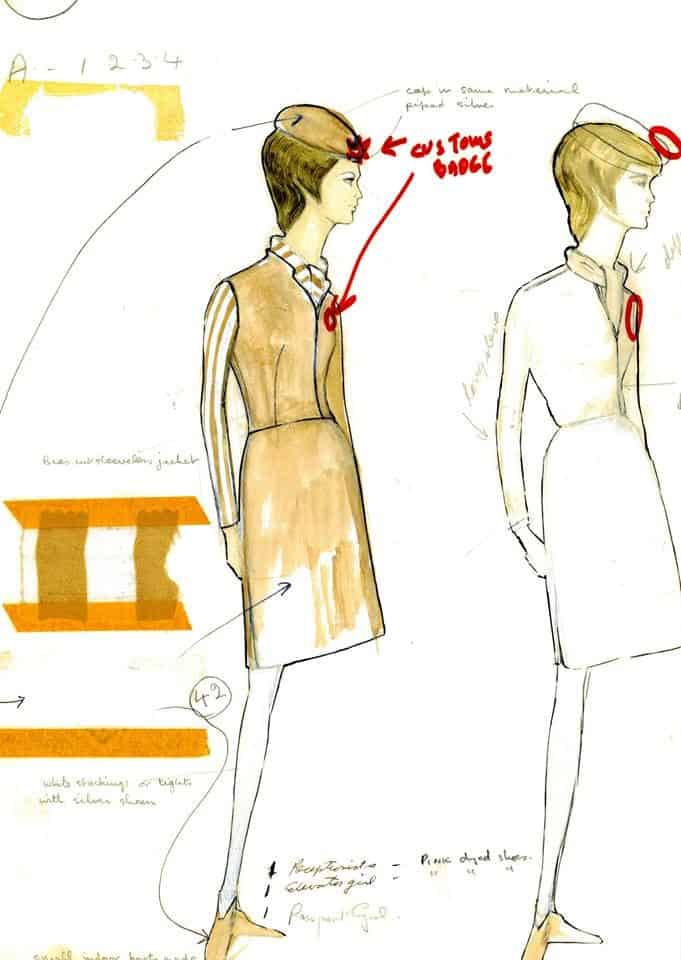
Hardy Amies’ original designs for the space hostess costumes
10. The film broke storytelling conventions
The credited writers on 2001: A Space Odyssey are Kubrick and Arthur C. Clarke. Already a celebrated science fiction writer and futurist, Clarke was seen as the perfect collaborator by Kubrick when he decided he wanted to make a ground breaking science fiction movie. The film broke ground in numerous ways, not least of which was in its inversion of established storytelling tropes.
The film is split into 4 distinct parts, 3 of which are titled: The dawn of Man, The Jupiter Mission, and Beyond the Infinite. 3 sections, but the narrative structure is not a typical 3-act structure. Kubrick and Clarke, in some ways, take the storytelling rule book and rip it to shreds:
- Firstly, there’s not a word of dialogue for the first 25 minutes of the film.
- Then, there’s not a word of dialogue for the final 23 minutes of the film.
- The main character in the film is Bowman. He’s the protagonist, and doesn’t show up until 57 minutes in.
Steven Spielberg has said of the film, “The way the story is told is antithetical to the way we were accustomed to seeing stories.”
11. Greek mythology was an influence too
Many possible titles were considered by Kubrick and Clarke in naming their epic. Journey Beyond The Stars, Universe, Tunnel to the Stars, and Planetfall were all options and it was Kubrick who came up with 2001: A Space Odyssey. He took inspiration from the Greek epic poet Homer and his magnum opus, The Odyssey.
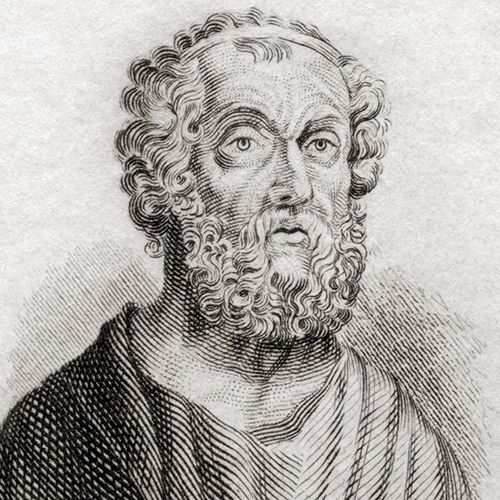
Homer, writer of The Odyssey
12. Kubrick invited Clarke by telegram
Arthur C. Clarke first became aware of the project when he received a telegram from MGM in 1963. It said: “STANLEY KUBRICK DR STRANGELOVE PATHS OF GLORY ETC INTERESTED IN DOING FILM ON ETS STOP ARE YOU INTERESTED QUERY THOUGHT YOU WERE RECLUSE STOP”
Clarke was most perplexed since he had never been a recluse, and had no idea where Kubrick got that impression. He replied with a telegram of his own: “FRIGHTFULLY INTERESTED IN WORKING WITH ENFANT TERRIBLE STOP CONTACT MY AGENT STOP WHAT MAKES KUBRICK THINK I’M A RECLUSE QUERY”.
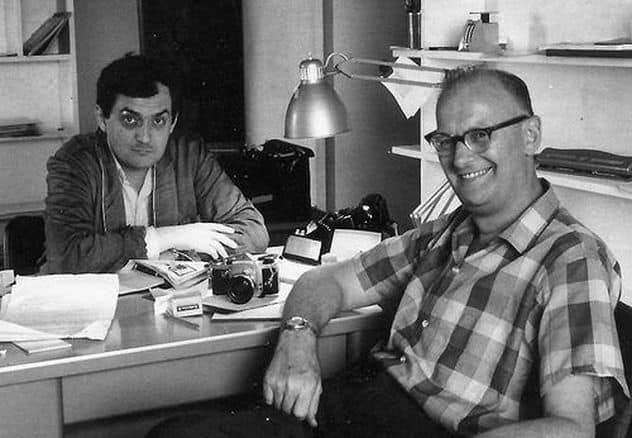
Arthur C. Clarke and Stanley Kubrick around the time of writing the film
13. An earlier Arthur C. Clarke story provided the basis for the film
Kubrick’s first concept for the film was for it to be a series of short stories set in space. Clarke, however, had the idea of basing it on his own short story called The Sentinel. Clarke had written The Sentinel in 1948 for a BBC competition but it had lost and was then published in a low brow pulp rag called 10 Story Fantasy. It told the story of an artifact found on the moon, left there by aliens millennia earlier.
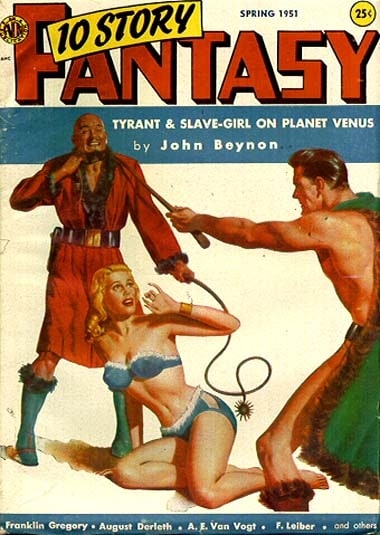
10 Story Fantasy, featuring The Sentinel by Arthur C. Clarke
14. The film predicted the future
Kubrick and Clarke were very keen on making the film as realistic and grounded as possible. And time has revealed they did a very good job as they predicted many technologies we now take for granted:
- Aboard the space station, we see Dr Floyd talking to his daughter via a screen. Fantasy back in 1968, video screens are now common ways of communicating. A bonus fact is that Floyd’s daughter in the scene is played by Kubrick’s daughter, Vivian, who was 5 at the time.
- Airline pilots working with screens and digital readouts was pie in the sky stuff back when the film was released in 1968. Now any cockpit looks like those that we see in 2001.
- Also, in-flight personal TVs did not exist at the time, but are now commonplace.
- During the Jupiter mission, astronauts Bowman and Poole use electronic tablets to carry out tasks that look very much like modern-day tablet devices.
- HAL-9000 is essentially an operating system, which all modern computers now have. And we’re moving more towards HAL with technical innovations such as Amazon’s virtual assistant device, Alexa.
Dr Floyd wishes his daughter a happy birthday via video screen
15. HAL-9000 took a while to perfect
The antagonist of the film is HAL-9000, the murderous supercomputer who controls the Discovery spaceship and ends up killing most of the crew before he is shut down by Bowman.
As an idea, HAL started out as a mobile robot with legs, who would walk the ship. However, Arthur C. Clarke was worried about the notion becoming quickly outdated so changed it to the all-seeing eye of HAL – a nod to the cyclops form The Odyssey.
Also, HAL was originally going to be called Socrates, after the Greek philosopher. That was then changed to Athena, before Clarke settled on HAL-9000.
HAL stands for Heuristically programmed ALgorithmic computer.
HAL-9000 locks Bowman out of the ship
16. Several actors were up for the part of HAL
In typical Kubrick fashion, he went through different actors in finding the right fit to play HAL-9000. English stage and screen actor Nigel Davenport was hired, then let go after Kubrick decided his English accent was too distracting. Hollywood star Martin Balsam was then hired but Kubrick found his voice too colloquially American, so he fired him as well. At one point, Kubrick considered giving HAL a female voice, and tried out American actress Stefanie Powers.
Kubrick then saw a documentary called Universe (1960) and liked the sound of its narrator. That narrator was Douglas Rain. A Canadian actor with a lot of narration work already under his belt, Rain was hired and had to record everything in post. And that’s why, to the day Douglas Rain died in 2018, he and Keir Dullea (Bowman) never met or spoke in person.
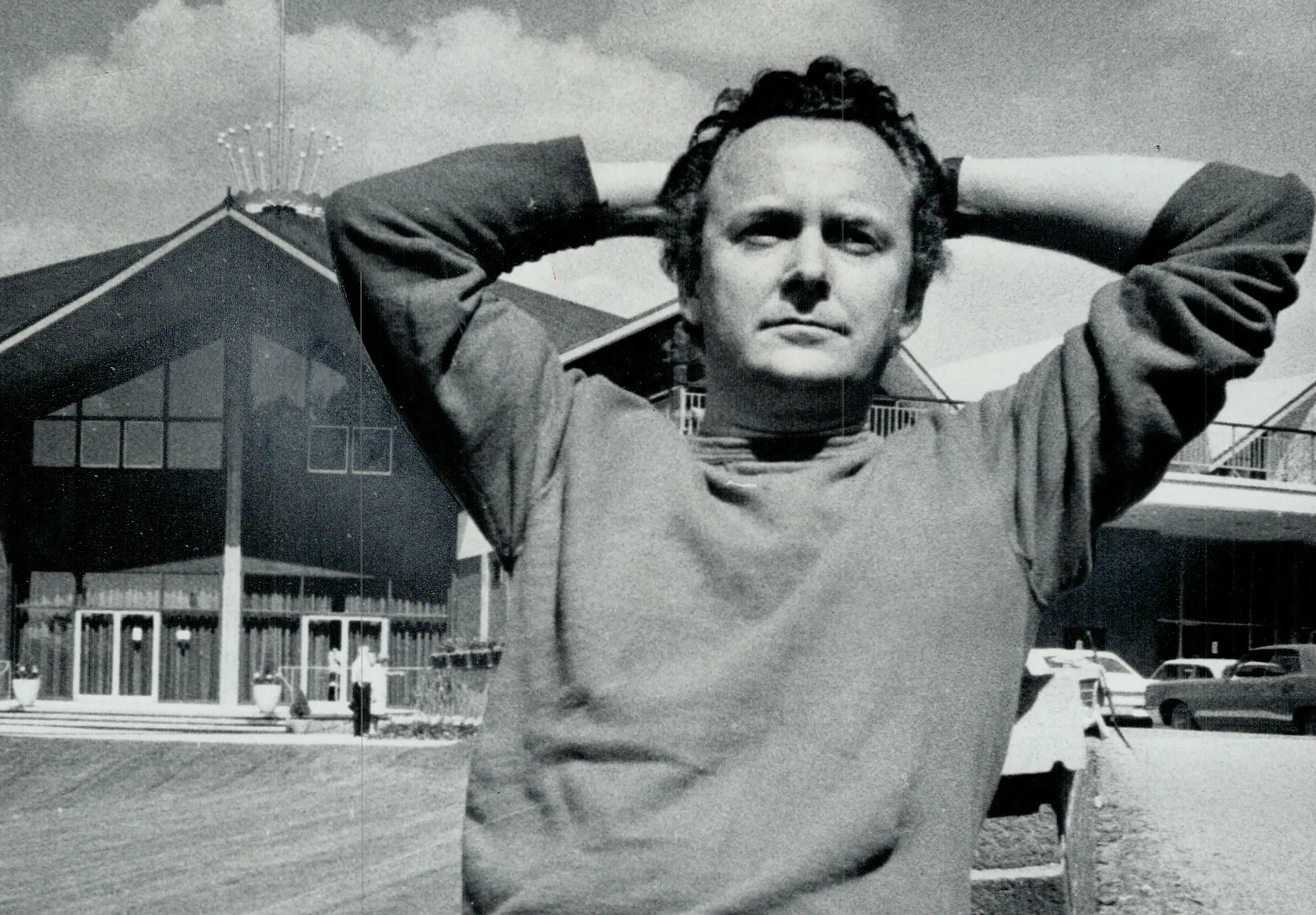
Douglas Rain, voice actor of HAL-9000
17. Douglas Rain used some unique methods
When Nigel Davenport played HAL, he was there on set reading lines with the actors. Kubrick fired him 3 weeks from the end of production and HAL’s lines were then read by the assistant director, Derek Cracknell. Cracknell had a strong cockney accent and the actors struggled to understand him. And then when Rain came in, in order to soften his voice like we hear in the film, he recorded his lines barefoot with his feet resting on a pillow.
18. The Dawn of Man sequence utilised new technology
We’ve mentioned some of the technical innovations on 2001 above, and there was another used in the Dawn of Man sequence. Front projection is a system whereby a large film projector is used to create the illusion of depth of field. So in the Dawn of Man Sequence, images of the African plains were projected via a one-way mirror onto a screen behind the actors.
Richard Donner later used front projection in Superman (1978) to make the Man of Steel fly. And front projection is a forerunner of green screen, which is used today to create real-looking digital images in most major blockbusters, including the Marvel and Avatar series’.
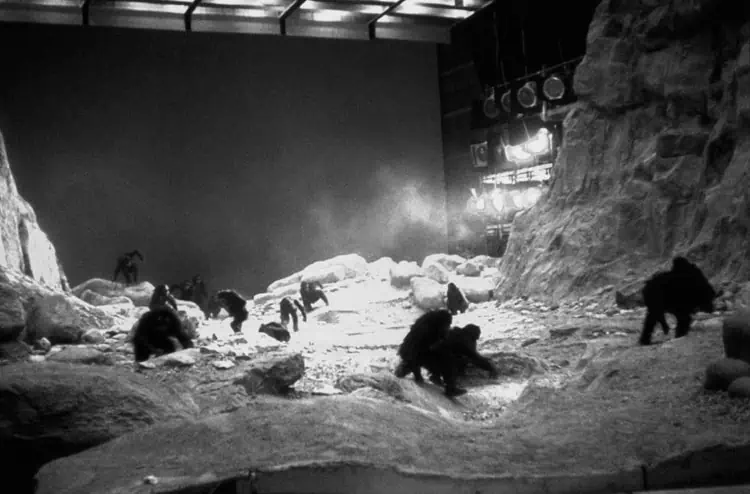
Front projection as used in the Dawn Of Man sequence
19. The monolith went through a few iterations
One of the most enduring images from the movie is that of the monolith – the oblong-shaped black structure presumably created and left by alien entities.
This Dawn of Man sequence is where we see the monolith for the first time. Apes come across it and, shortly afterwards, they learn how to use tools. Kubrick’s first idea for the monolith was that it would be a screen that showed the apes how to turn objects into tools. Arthur C. Clarke thought that was a bit too naive so changed it to a black tetrahedron. They had one built, but it didn’t reflect light properly, so they tried a cube, and found the same problems. A two-ton plexiglass monolith was created but after it was built Kubrick decided he didn’t like it any more and binned it. Finally, they settled on the large black rectangle that we see.
The imposing monolith appears throughout the film
20. The film features the most famous cut in movies
One of the film’s most well-known moments is the famous match cut where we Kubrick transitions from the Dawn of Man sequence to deep space 3 million years in the future. The device we cut to in space isn’t a rocket or spaceship, it’s a nuclear bomb orbiting the Earth. So we cut from the first weapon created (the bone) to the ultimate weapon in the bomb. The idea originally was that, in the final scene, the Star Child would detonate all of the bombs orbiting the Earth. Kubrick changed it because he didn’t want 2001 to end like his previous film Dr Strangelove (1964), which ends with a nuclear bomb detonating.
Christopher Nolan said of the famous match cut: “You look at the cut in ‘2001,’ this vast jump forward — the confidence that takes to do that is actually enormous. I don’t think I have the confidence to do that… There is only one Stanley Kubrick.”
The match cut in 2001
21. The primates were played by trained humans
The apes we see throughout the Dawn of Man sequence – as convincing as they are – were actually played by a group of mimes and dancers dressed in costumes. We also see two real baby chimps at one point. Kubrick worked with a make-up artist called Stuart Freeborn to create the costumes. The first costumes weren’t as hairy, and Kubrick was threatened with an X-rating so changed them. And, bizarrely, Freeborn used famous UK comedian Ronnie Corbett as a make-up model. Unfortunately, Corbett does not appear in the film.
As for Stuart Freeborn, a few years later he went on to design the look of Jedi Master Yoda for The Empire Strikes Back (1980). He actually based Yoda’s face on his own face!
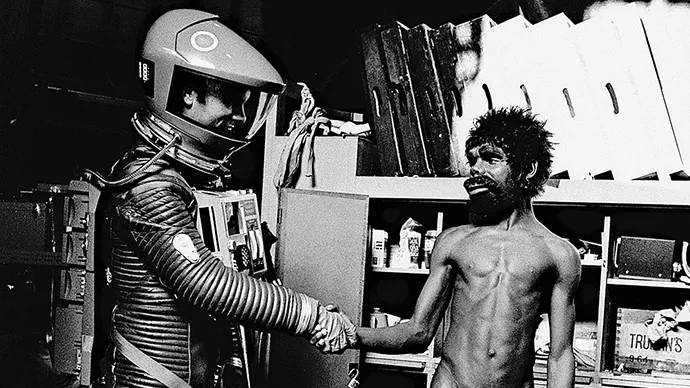
The early, X-rated version of the primates
22. Daisy Bell was used for a specific reason
One of the most extraordinary scenes in the film comes when Bowman shuts down HAL following the death of Bowman’s crewmates. As Bowman removes HAL’s memory cells one by one, HAL slowly reverts to his factory settings, ultimately offering to sing Bowman a song – Daisy Bell.
Written in 1892 by a songwriter called Henry Dacre, Daisy Bell wasn’t chosen at random. The first ever recording made of a computer singing a song took place in 1961. The computer was the IBM 7094 and the song it sang was Daisy Bell.
Arthur C. Clarke came across a demonstration of the IBM 7094 singing in 1962, so wrote it into the script.
The IBM 7094 singing Daisy Bell
23. Kubrick cuts to silence when appropriate
There’s a scene where HAL locks Bowman outside the ship, so Bowman manually opens a port to enter. Kubrick again played the scene realistically. Because of the vacuum of space, when Bowman is fired back onto the ship, there’s no noise, Kubrick cuts to total silence.
The silent vacuum of space scene
24. Kubrick explained the ending of the film
The final sequence of the film comes once Bowman leaves the Stargate and finds himself in a rather plush-looking room, with furniture and a bed. There is no in-film explanation for where Bowman is or what’s happening, leading to much discussion among fans for decades. Years later, though, Kubrick did reveal what they were trying to say with the ending when he talked to filmmaker Jun’ichi Yao. Kubrick said:
“The idea was supposed to be that he is taken in by god-like entities, creatures of pure energy and intelligence with no shape or form. They put him in what I suppose you could describe as a human zoo to study him, and his whole life passes from that point on in that room. And he has no sense of time. It just seems to happen as it does in the film.
When they get finished with him, as happens in so many myths of all cultures in the world, he is transformed into some kind of super being and sent back to Earth, transformed and made into some sort of superman,” Kubrick concludes, alluding to the star baby. “We have to only guess what happens when he goes back. It is the pattern of a great deal of mythology, and that is what we were trying to suggest.”
Kubrick explains the ending tp the film
25. The aliens never appear, but that wasn’t always the plan
When they were writing the screenplay, Kubrick and Clarke weren’t sure whether to show the aliens, and Kubrick did have some concepts created for what they could look like. They spoke to the famous astrophysicist Carl Sagan to ask his opinion on how to show extra-terrestrials on the screen. Sagan told Kubrick that aliens were unlikely to bear any resemblance to humans, so to do that would make the film feel false. He said he thought the film should suggest, rather than deliberately show, the presence of alien interference. And when he saw the film, Sagan saw that’s exactly what Kubrick did.
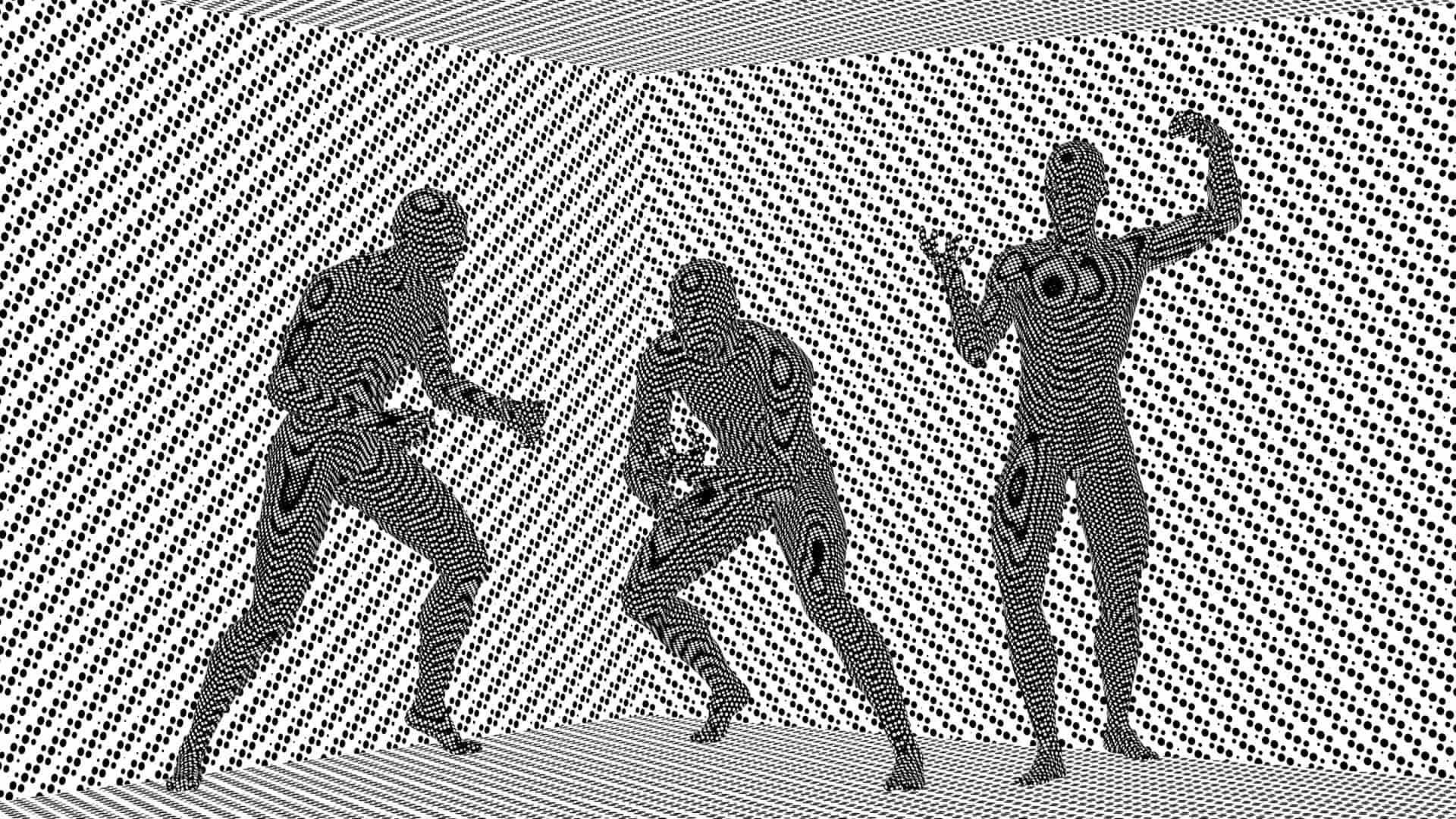
An alien concept as created for the film
And you’ve reached the end – 25 fun facts about 2001: A Space Odyssey, one of the great science fiction movies. Please share on your social media channels, and subscribe to our YouTube channel for lots of great video content.
The beginning of a beautiful friendship
Stay up-to-date with all things All The Right Movies by signing up for our e-newsletter.


